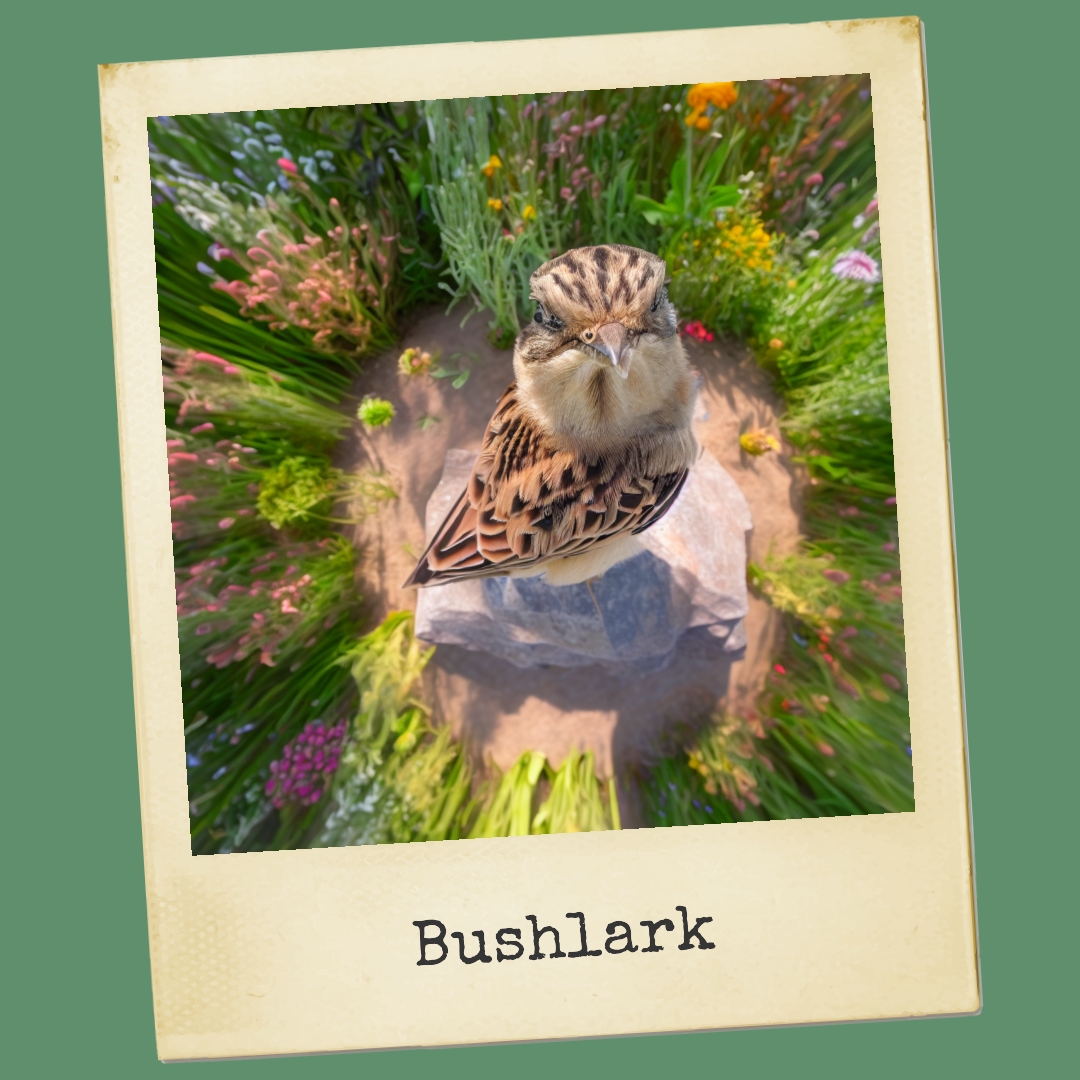Imagine your garden as a harmonious haven, where nature’s melodies fill the air and vibrant colors come to life. Attracting wildlife to your outdoor space is a rewarding endeavor, and one feathered visitor you’ll be thrilled to host is the Horsefield’s Bushlark (Mirafra javanica). This blog post unveils the secrets to creating an inviting oasis that will entice these charming birds to grace your garden with their presence.
Understanding the Horsefield’s Bushlark
Before we delve into garden design, let’s acquaint ourselves with our avian guests. The Horsefield’s Bushlark is a small, ground-dwelling bird found in grasslands and open habitats. Their distinctive calls and captivating displays make them a delight to watch. Creating a welcoming environment for these birds involves a strategic approach to both plant selection and arrangement.
1. Native Grasses:
Native grasses are a staple in the Horsefield’s Bushlark’s diet and preferred habitat. Species like Kangaroo Grass (Themeda triandra) and Wallaby Grass (Rytidosperma spp.) should be introduced to your garden. These grasses not only provide sustenance but also create a natural foraging ground.
2. Sheltering Shrubs:
Strategically placed shrubs offer vital shelter for these birds. Native shrubs like Acacia and Melaleuca provide cover from predators and the elements. A mix of dense shrubs for nesting and open areas for foraging will make your garden an ideal habitat.
3. Nectar-Rich Flowers:
Adding nectar-rich flowering plants to your garden will attract insects—the primary food source for Horsefield’s Bushlarks. Species such as Grevillea, Banksia, and Callistemon will draw insects while simultaneously providing these birds with opportunities for insect hunting.
4. Water Features:
A birdbath or shallow water feature can be a significant draw for Horsefield’s Bushlarks. They need water for both drinking and bathing. Keep the water fresh and replenished regularly to ensure they return to your garden for hydration.
5. Open Spaces:
Horsefield’s Bushlarks prefer open spaces for their characteristic courtship display flights. Creating patches of open ground with short grass will encourage these birds to show off their acrobatic aerial performances.
6. Low-Growing Vegetation:
Include low-growing vegetation like native daisies and ground covers. These plants offer perching sites and protection while allowing the birds to keep a watchful eye on their surroundings.
7. Minimal Disturbance:
Avoid excessive human interference and unnecessary disturbances in the garden. These birds prefer quiet, undisturbed areas where they can feed and rest without disruption.
8. Year-Round Appeal:
To truly entice Horsefield’s Bushlarks, aim for a garden that provides sustenance and shelter throughout the year. Incorporate a variety of plant species that bloom and fruit at different times, ensuring a continuous supply of food.
Thoughtful Planning
Cultivating a garden that attracts Horsefield’s Bushlarks requires thoughtful planning and a deep appreciation for these captivating creatures. By strategically selecting native plants, providing nourishment, and creating an inviting habitat, you can transform your outdoor space into a sanctuary that beckons these birds to visit regularly. As your garden buzzes with life and the melodies of the Horsefield’s Bushlarks grace the air, you’ll find joy in knowing you’ve created a haven for nature’s wonders right in your own backyard.
